Stepping Out: Equine Limbs, Ligaments and Tendons | 5 Classes | June 7th – July 5th, 2022 | Tuesdays 11 a.m. – 2 p.m. Mountain Time | Zoom Online
$375.00
In Equine Ortho-Bionomy, observation, range of motion and exploration of movement of the whole horse give us information on what the horse is able to do in terms of movement. These tools are helpful for assessing the horse biomechanically and help us to provide bodywork care that is most specific and beneficial.
This course focuses on the equine limbs and the structures that contribute to the healthy movement of limbs. How do you keep a horse moving well or within a comfortable range of function?
The equine forelimb is tied to the body by muscles in the shoulder and ligaments – with no bony union. That’s just one interesting fact about the equine limbs and why we must take into account the entire limb, ligaments and tendons when assessing healing of the limb.
This class and its techniques are not a substitute for veterinary care, but rather, a complement to it.
In Equine Ortho-Bionomy, observation, range of motion and exploration of movement of the whole horse give us information on what the horse is able to do in terms of movement. These tools are helpful for assessing the horse and help us to provide bodywork care that is most specific and beneficial.
If the horse is resistant for any reason – illness, arthritis, lameness, neurologic issues, etc., then foreleg as well as spinal techniques may help. These can be done before the farrier or vet arrives, or just regularly to help with leg joint, tendon and ligament health. They may be used to warm up a horse who is going to perform, as well as for the beginning of your bodywork session.
In this course we will cover the following:
- Observation of the horse’s gait, preferences, demeanor, facial expressions and other well-being indicators.
- Looking at the whole horse as well as the injury, condition, etc. that is affecting the horse’s demeanor and movement.
- Identifying soft tissue, ligaments and tendons (including organ ligaments) and how to work with them.
- Identifying signs that the horse is feeling better or what we need to do to achieve that.
The course includes: lecture and materials, charts, homegrown technique videos, lively classroom discussion, homework and the opportunity for students to submit videos and/or photos of their work. Materials are available for an extended period on Dropbox.
Class #1, March 2nd: Observation of the horse’s gait, preferences, demeanor, facial expressions and other well-being indicators. Tissue differences.
Class #2: Identify soft tissue, ligaments and tendons (including organ ligaments) and how to work with them.
Class #3: Looking at the whole horse as well as the injury, condition, etc. that is affecting the horse’s demeanor and movement.
Class #4: Class assessment – Check out various horses and arrive at ways to address it.
Class #5: : Integrating movement to further healing.
Prerequisite: Preferred but not essential that students have taken Equine Body Balance, Equine Ortho-Bionomy or Ortho-Bionomy course prior to this one.
Do contact the instructor if you have any questions or need help with logging onto Zoom. Early Bird rate applies on or before June 5, 2022. NCBTMB Approved Provider #100176



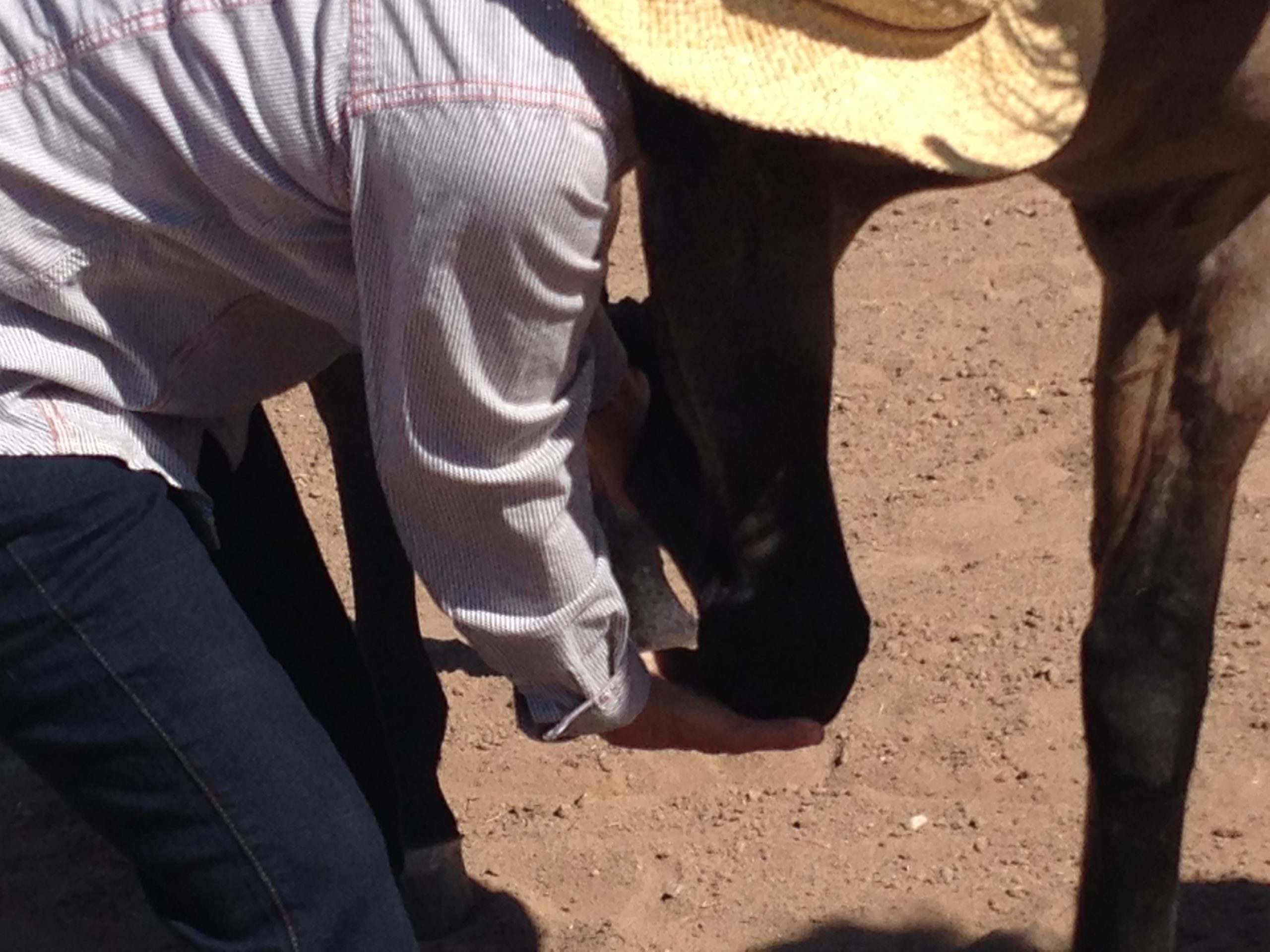
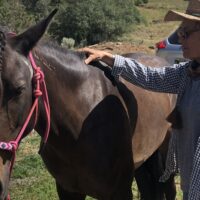
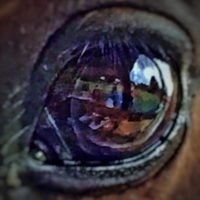
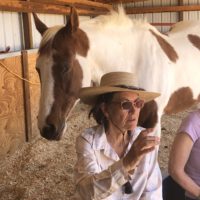
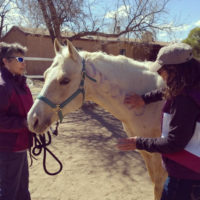
Reviews
There are no reviews yet.